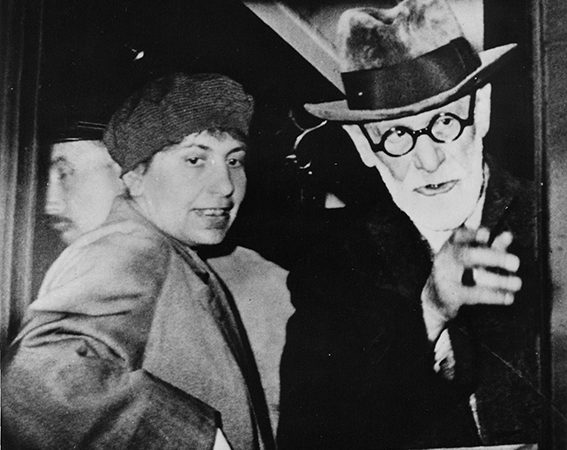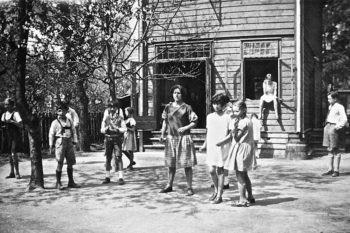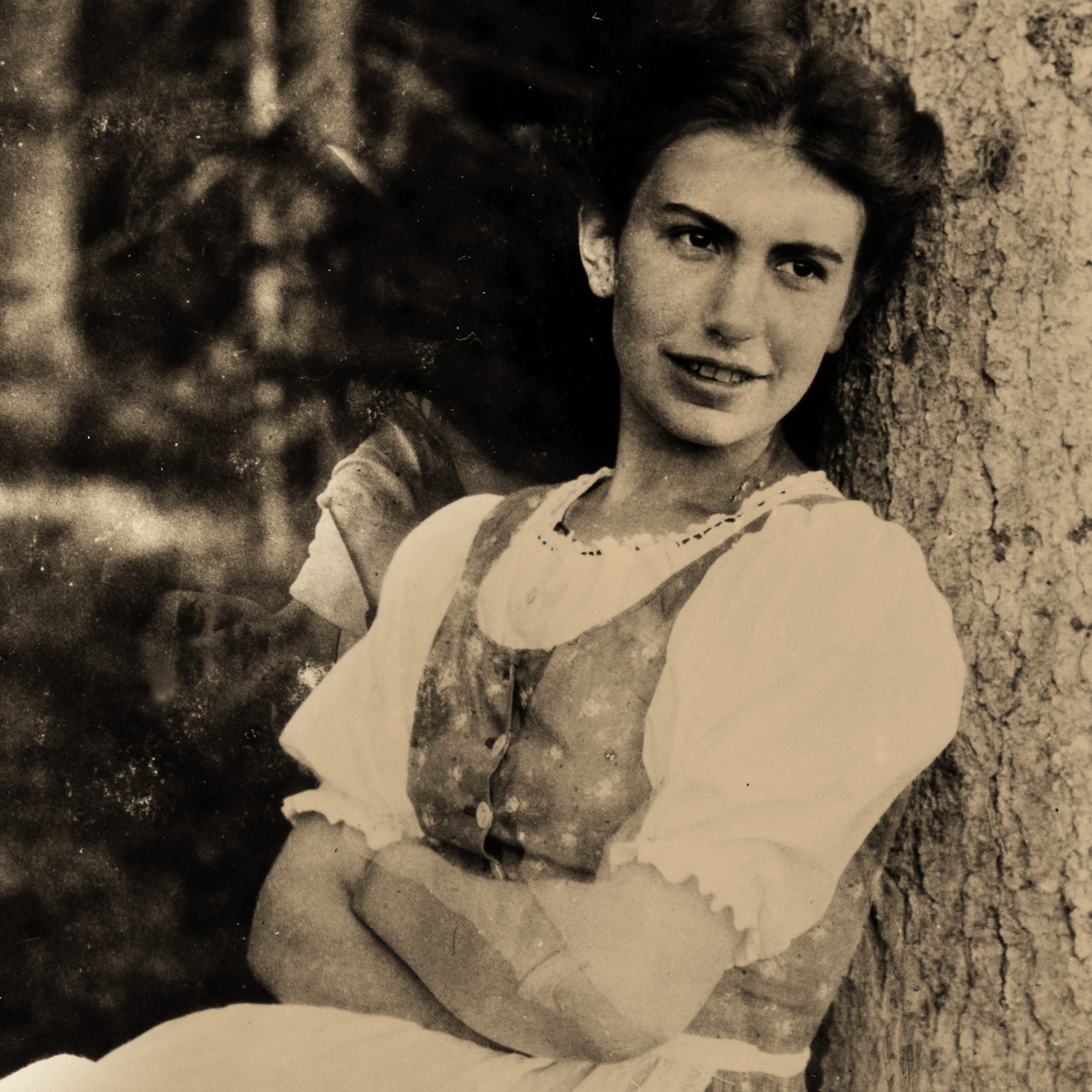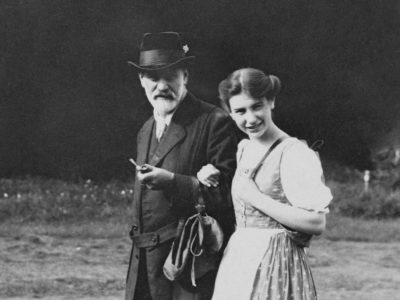Anna Freud didn’t just want to use psychoanalysis as a therapy.
She also wanted to apply its principles to create environments in which children could emotionally and creatively thrive.
Institutions and projects
While still an apprentice teacher she had worked in a day-care centre for deprived children, and during her psychoanalytic training she worked at the Baumgarten Children’s Home, a project for children who had been made homeless by the First World War, run by the psychoanalyst Siegfried Bernfeld.
Over the course of her life, she worked in numerous institutions and projects dedicated to children’s wellbeing, often ones that she herself founded. These included the Matchbox School in 1923, the Jackson Nursery in 1937, and the Hampstead Clinic in 1941.
These organisations were very different from one another. Some were more concerned with teaching, others with helping children to cope with separation, loss and trauma.
But they all shared the common aim of applying psychoanalytic insight to provide the best possible environment for children to learn, develop, overcome deprivation and adversity, and flourish as individuals.
Landmark contributions
The organisations that Anna Freud founded or co-founded gave rise to new understandings of childhood development, and how methods of childcare and teaching might best support it.
Anna Freud was committed to bringing psychoanalytic insights into teaching and parenting. She gave lectures on child psychoanalysis for parents and teachers, and taught a regular seminar for nursery school teachers. At the same time, she was also able to make landmark contributions to mainstream psychoanalysis.
In 1936, she published The Ego and the Mechanisms of Defence, which became her best-known and most important book.
The Ego and the Mechanisms of Defence took ideas that were scattered throughout Sigmund Freud’s writings and systematised them into a catalogue of ‘defence mechanisms’, which Anna Freud saw as an important function of the ego. It continues to be taught in some psychoanalytic training organisations today.
Several landmark contributions followed, including:
- Young Children in War-Time (1942)
- Infants Without Families (1944)
- Normality and Pathology in Childhood (1965)
- About Losing and Being Lost (1967)
- Beyond the Best Interests of the Child (1973)
- Before the Best Interests of the Child (1979)
By the end of her life, Anna Freud had published major works on theory and technique, and had become a key point of reference for major debates both within and beyond psychoanalysis.
Discover more:
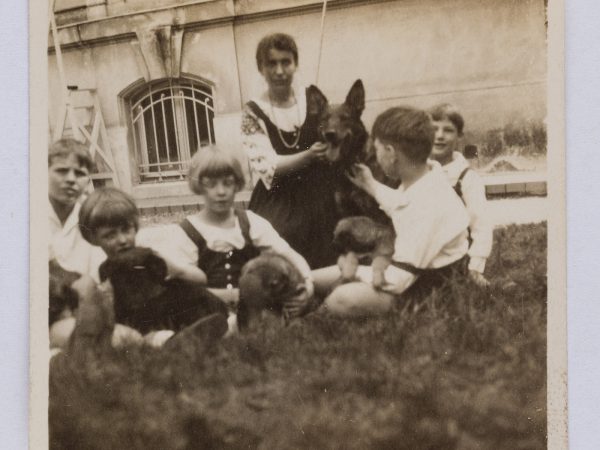
Previous chapter
Anna Freud and Child Psychoanalysis
In contest to Sigmund Freud, Anna Freud was mainly interested in working with children.
